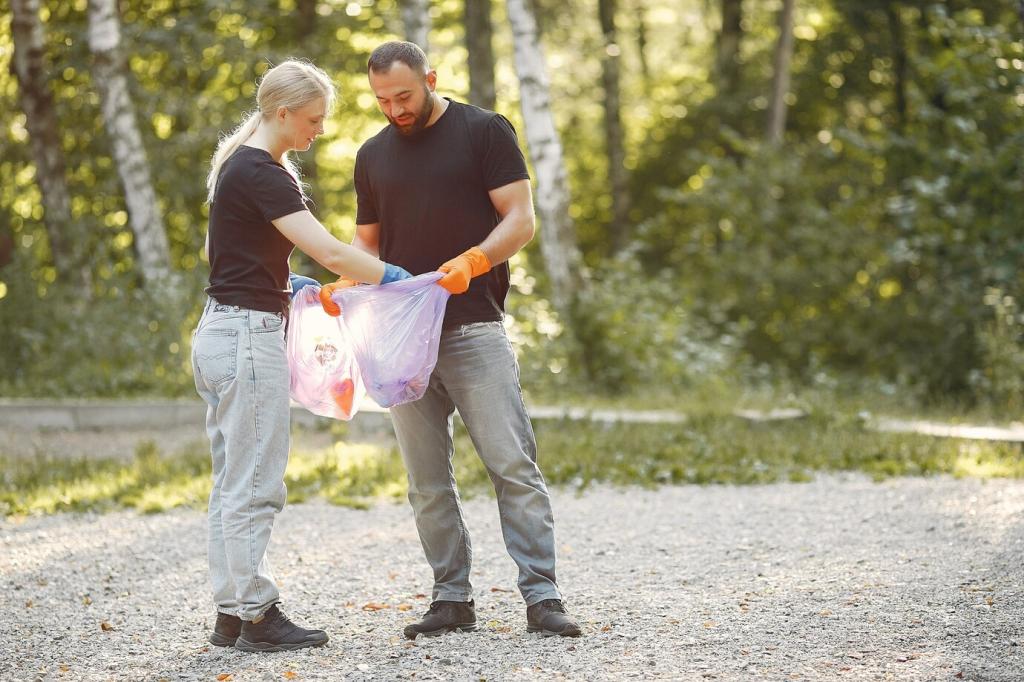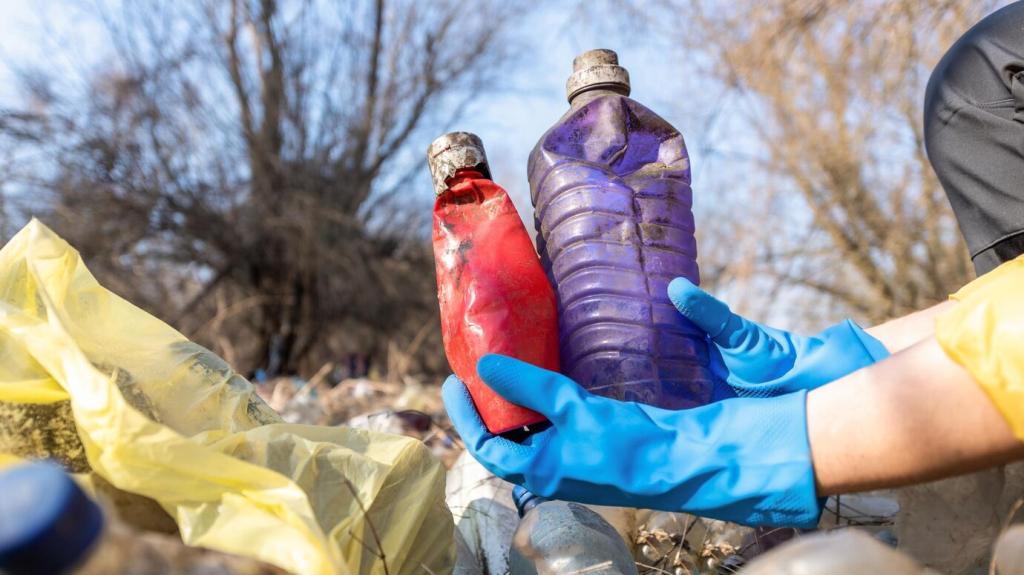Tips for Restoring Vintage Furniture: Bring Timeless Pieces Back to Life
Start with History: Assessing Your Vintage Piece
Turn the piece over, open drawers, and inspect the backside. Hand-cut dovetails, saw kerf patterns, and maker stamps reveal age and craftsmanship. Share your discoveries in the comments—collective knowledge often unlocks hidden histories and directs smarter restoration choices.
Gentle Cleaning Before Any Major Work
Use a soft boar-bristle brush to lift decades of dust from carvings, then microfiber to capture residue. A careful vacuum with a brush attachment prevents grit from scratching surfaces. Post your before-and-after photos and tag us to inspire fellow restorers.
Mix a mild, pH-neutral cleaner with distilled water, testing discreetly with a white cloth. If color transfers, stop and reassess. Work in small sections, lightly damp, then dry immediately. Subscribe for our safe cleaning formula cheat sheet and dilution ratios.
Sunlight and airflow help, but avoid baking finishes. Wipe interiors with alcohol-water mix for mildew, then seal odors with shellac on raw wood surfaces. Add charcoal sachets inside drawers. Share your best odor-busting tricks so others can learn from your experience.



Wood Repairs That Respect Original Craft
01
Disassemble gently, clean old glue with warm water or vinegar, then re-glue with hide or PVA depending on period and reversibility. Clamp lightly to avoid squeeze-out. Ask questions in the comments—we love helping troubleshoot creaky chairs and shaky tables.
02
Warm a lifting veneer with a household iron through kraft paper, then inject glue and clamp with cauls. For missing sections, cut a patch following grain direction. Share your toughest veneer mismatch, and we’ll feature solutions in our next newsletter.
03
Use burn-in sticks or tinted shellac to fill small defects, then glaze with dyes to blend. Finish with subtle abrasion to unify sheen. Post your color-match wins and fails—your experiments can guide beginners past frustrating trial-and-error.

Shellac and French Polish for Period Warmth
Shellac dries fast, repairs easily, and glows over old mahogany and walnut. French polishing builds depth with thin layers and oil. Practice on scrap first. If you’ve mastered a silky pad technique, share your method to encourage others.

Oil, Wax, and Modern Topcoats
Danish oil highlights grain; hardwax oils offer durability with a natural feel; polyurethane resists moisture and wear. Balance authenticity with practicality. Comment with your living-room stress tests—kids, pets, or heavy use—and we’ll recommend protective options.



